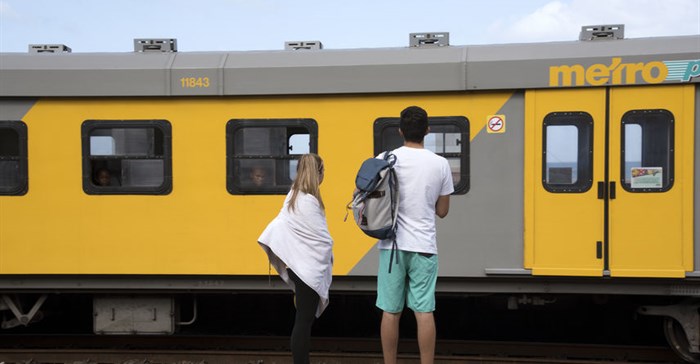
With 27 fatalities per 100,000 people in South Africa, the country’s road accident fatality rate exceeds the global average 10.3 fatalities per 100,000 people. In comparison, the number of railway-related fatalities has remained fairly consistent at 450 deaths since 2011. This is significantly lower, given that 2.2 million commuters are transported via rail daily in the four major regions.
Between March 2011 and March 2012, the Road Traffic Management Corporation (RTMC) estimated the cost of road fatalities to the South African economy was approximately R83.5 billion. When other road crash types such as major/minor injuries and vehicle damage were included, the cost during the same period jumped to R307 billion.
According to the Rail Safety Regulator’s Annual State of Railway Safety report for 2014/2015, the cost of rail incidents and related measures have cost the South African economy R590 million annually.
South Africa’s roads are overburdened with freight and passenger vehicles, making them slower and more precarious to negotiate as well as in need of constant repair and upgrades.
South Africa has adopted elements of the World Health Organisation’s Global Plan for the Decade of Action for Road Safety 2011 – 2020, which is aimed at guiding and assisting countries in improving road safety and includes measures such as Road Safety Management, Safer Roads and Mobility, Safer Vehicles, Safer Road Users, and Post-Crash Response.
One example is the conducting of road safety assessments of existing and proposed road infrastructure, one of the numerous interventions identified in the Global Plan, as part of its Safer Roads and Mobility measures. This activity promotes the improvement of road infrastructure and raises the inherent safety and protective quality of road networks for the benefit of all road users, especially vulnerable road users.
In South Africa, the South African National Roads Agency and other government bodies have partnered with the local engineering firms to undertake road safety assessments of the roads in their jurisdiction.
Contrary to South Africa’s road infrastructure, the country’s railway services are under-utilised. This needs to change as rail is undoubtedly one of the safest, and most energy efficient modes of passenger and freight transport in the country.

In addition to the country’s plans to increase rail capacity, prioritisation of maintenance and management of the existing infrastructure is essential. In this respect, a National Railway Safety Strategy for South Africa is required to provide a framework for strategic planning across the rail sector and interfaces with other modes of transport. Safety remains the cornerstone of a sustainable railway industry.
The focus on railway safety should incorporate areas such as improved regulation, industry outreach and collaboration, oversight and railway safety management. Apart from the systemic approach, a constant balance between skills, culture and operations are also required as well as an understanding of human error and the measures that need to be put into place to reduce it.
One of the key priorities is to improve railway safety through a risk-based approach. By providing an independent regulatory function, with a particular focus on high-risk areas, and working together with the railway industry to achieve this goal, the Department of Transport would be well positioned to minimise the likelihood of major rail incidents more effectively and make this mode of transport even safer.
Ultimately, road and rail safety requires collaboration by government, the transport industry, and public sector. Only a concerted effort from all parties involved will see a reduction of transport fatalities in South Africa.